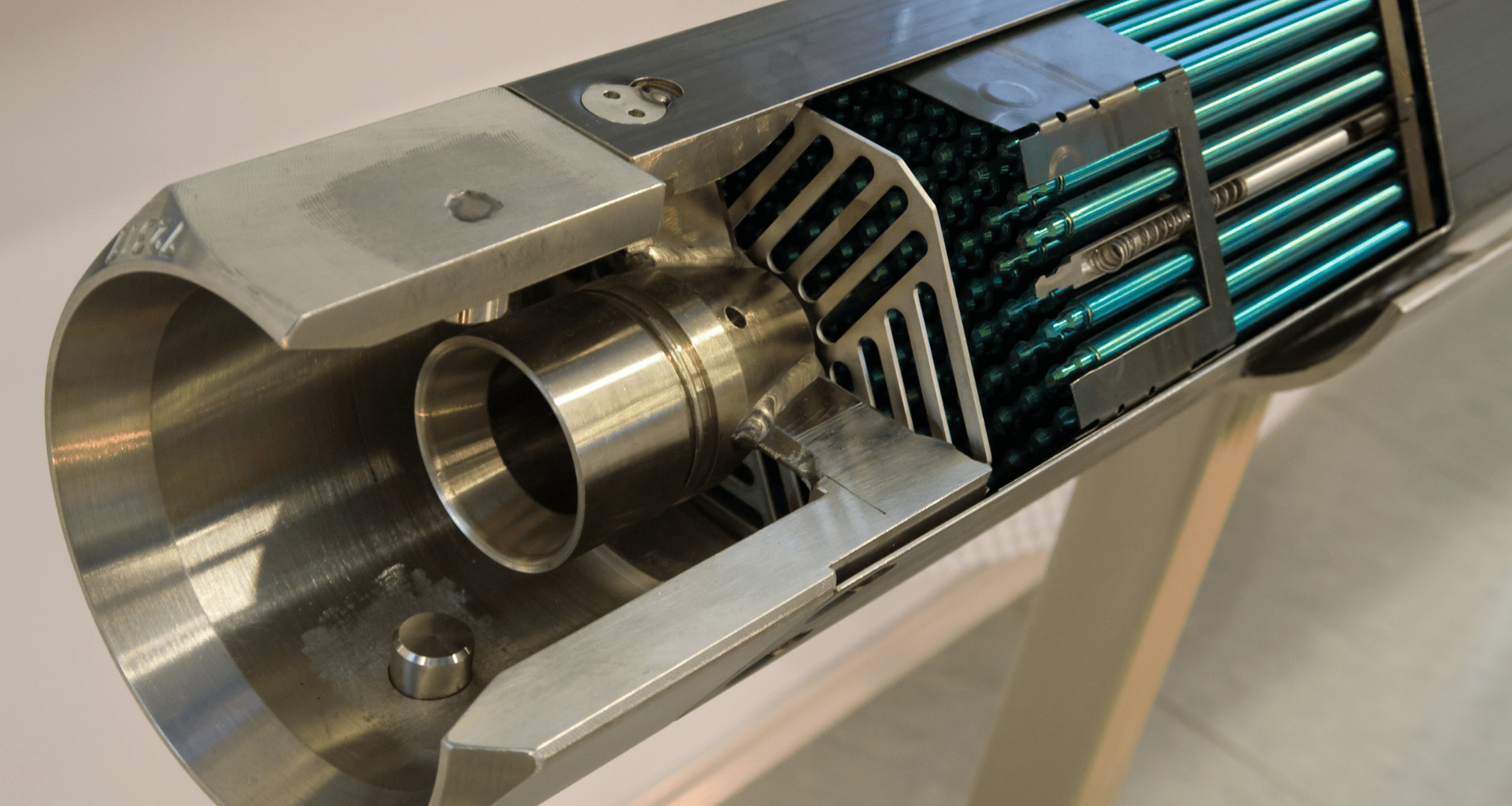Italy has kicked off a new project to start developing small nuclear fission reactors. The project aims to power settlements on the moon using these reactors.
Called the Selene project, the initiative by Italy’s national space agency, ASI, focuses on developing the Moon Energy Hub (MEnH), which would provide a stable energy source for future lunar settlements using small nuclear fission reactors called Surface Nuclear Reactors (SNRs).
The Selene project was among the winners of the ASI funding call in 2023 for developing alternative energy solutions for the moon.
Feasibility study regarding a Surface Nuclear Reactor
The project is led by the Italian National Agency for New Technologies, Energy, and Sustainable Economic Development (ENEA).
ENEA and the Italian Space Agency will conduct an initial feasibility study on the use of a Surface Nuclear Reactor (SNR) as a power source for a lunar outpost. The study has established ENEA’s role in the field as the glue between the Italian nuclear and space industrial and scientific communities.
The key objective of the ASI’s project is the study of innovative technological solutions for the creation and management of an energy infrastructure Moon Energy Hub (MEnH), which gravitates around the use of SNRs, a solution that promises to overcome the limits of traditional energy technologies, such as radio-isotope systems and solar panels. The latter, although used until now, have shown inefficiencies, poor scalability, short operational life, and weakness (as per cosmic radiation).
MEnH aims to provide a stable energy base
The MEnH aims to provide a stable energy base to support a wide range of lunar activities, both human and robotic. The Hub will be designed to be an integrated, modular system capable of expanding and adapting to the evolving needs of lunar missions. For this, the MEnH includes energy storage systems as well as a steerable power transmission system, to support activities at a distance from the generation center, and a mobile reception system for less energy-intensive activities, according to the project.
Mariano Tarantino, head of the ENEA Nuclear Systems Division, stated that by combining technological innovation, strategic vision, operability, reliability, and compactness in an extremely ‘demanding’ environment such as the lunar one, the MEnH aims to become a cornerstone for future space explorations and a point of reference for defining a scenario clear operating and a roadmap to reach it.
“The coordination of SELENE allows us to confirm the role of ENEA in the nuclear sector for space at national and international level, becoming the glue between the industrial fabric and the world of research engaged in the space sector, a path already started with the ASI-ENEA agreement for the realisation of a first feasibility study for a nuclear reactor to power the moon bases,” added Tarantino.
In addition to advancing the development of the reactors, the three-year project will focus on key technologies such as sensors, automation, and wireless power transmission. Researchers will also develop decommissioning plans, enhance the supply chain, and create a roadmap for industrializing the system, reported European Spaceflight.
